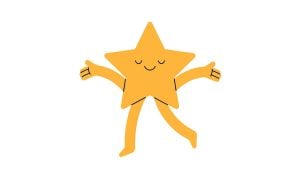
In this ESL lesson we will teach vocabulary related to humour, how humour can be used in stories, and how we make nouns and verbs into adjectives using suffixes. There are various jokes and activities to keep students (and teachers) interested.
Warm up
The lesson starts with the world’s funniest joke and examples of how laughter is written in different languages. After that, the student’s task is to brainstorm as many synonyms of the word ‘funny’ as possible.
Vocabulary
The goal of the matching exercise is to introduce different laughing idioms after which the student watches a video about defining comedy and answers the questions related to it. After that, the student completes two vocabulary check-up exercises.
Grammar
In this part of the lesson, the student learns about different adjective suffixes, their meanings and use. Then, the knowledge is put into practice in matching and guessing exercises.
Fun activities
The student tries to guess the punchline of some classical jokes. Then, they get familiar with different types of comedy and match them to their definitions and examples. The lesson ends with a fun game of mad libs and a video of Mad Lib Theater with Jimmy Fallon.

Sleeping matters
In this C2 lesson plan, students will practice vocabulary related to sleep.
…

It’s nice to be important, but it’s more important to be nice
This lesson plan is tailored for students at the Advanced level…

Catching smugglers
This lesson plan is designed for Upper Intermediate level students, with…


